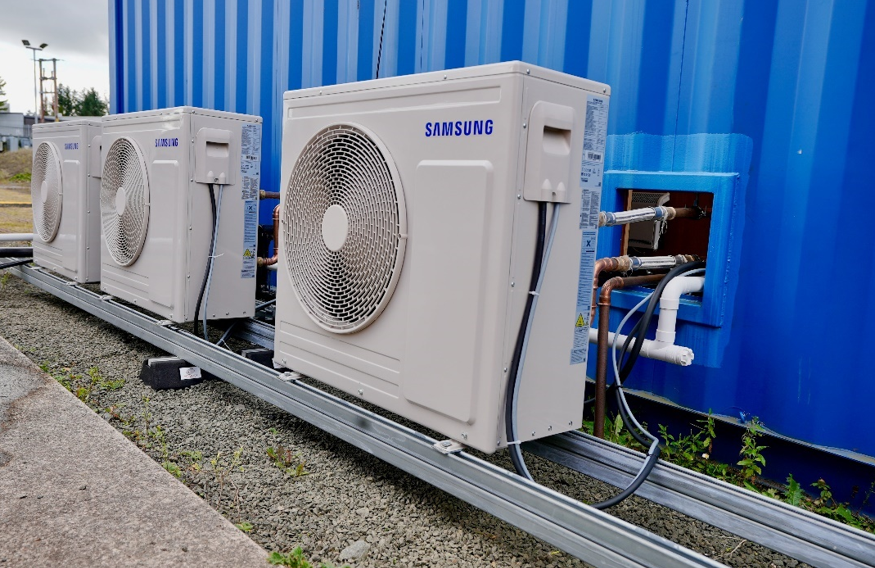New analysis from the Westwood Global Energy group estimates that 380GW or $883bn offshore wind projects are at risk over the next six years.
Out of the 380GW of pre-sanctioned offshore wind capacity that is forecast to reach FID between 2024 and 2030, nearly 40 per cent of the pipeline is considered ‘risked’, leaving a sizeable portion in a vulnerable position.
In its Project Certainty white paper, the analysis goes on to reveal that developers such as TotalEnergies and BP have the highest risk profiles, with substantial pipelines but limited or no operational capacity, compared to Orsted and RWE with sizeable track records and a less ‘risked’ unsanctioned portfolio.
Bahzad Ayoub, senior analyst – offshore wind at Westwood said: “Offshore wind market uncertainty is rife. Growing diversity of developers in the market-place, combined with evolving development and commercialisation approaches has created a complex landscape. This is compounded further by the diversification of the investor landscape, with oil and gas majors, public investment funds, and even fashion houses entering the sector. However, despite this uncertainty, there is significant opportunity ahead to be capitalised on, but we must first understand the risk.”
Westwood’s projections reveal a pipeline with only 9 per cent of capacity ‘probable’, 51 per cent ‘possible’ and the remaining 40 per cent identified as ‘risked’.
Europe as a whole is forecast to account for the highest amount of cumulative capacity (208GW) that will reach FID by 2030, of which a large proportion (47 per cent) sit within the ‘possible’ certainty status. The Rest of Asia (RoA) reflects the greatest extent of ‘risked’ capacity within the share of the region’s pipeline, with the Rest of the World (RotW) next in line, in large part due to immature and evolving offshore wind markets and limited developer track record.
Offshore wind projects in the US account for 67 per cent of the region’s total pipeline capacity. Despite the delays and cancellations that the US has been facing the number of ‘risked’ projects remains relatively small.
© 2019 Perspective Publishing Privacy & Cookies






Recent Stories